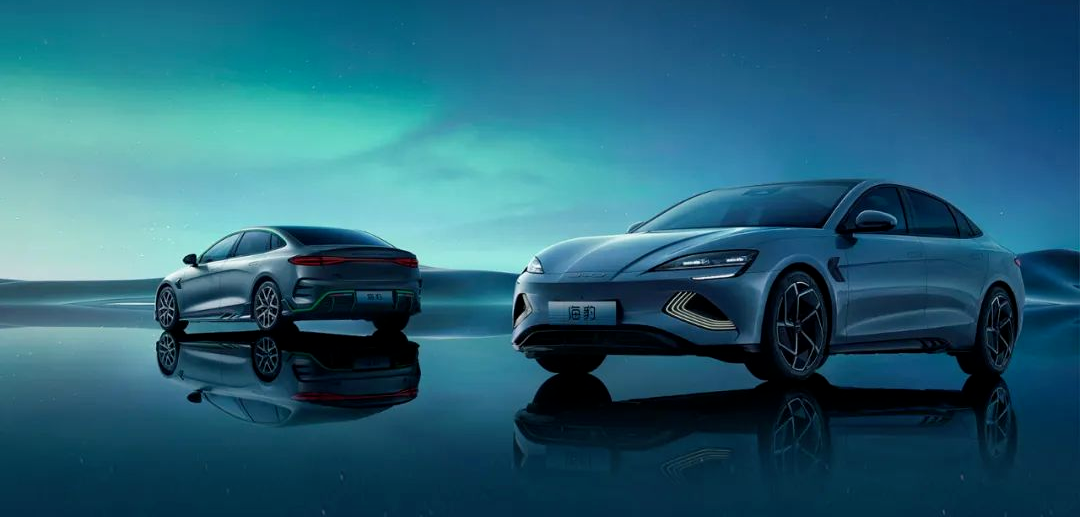Author | Zhang Yan
“I think they (referring to Tesla) have a real challenger for the first time, and that challenger’s name is BYD.”
On October 19, local time, Steve Westly, former member of Tesla’s board of directors and founder of The Westly Group, gave high praise to BYD’s performance this year in an interview with U.S. Consumer News and Business Channel.

Sales data in September showed that BYD achieved 200,000 units sold in a single month, becoming the enterprise with the highest sales in the history of China’s passenger car market. BYD once again stood in the spotlight.
If we were to describe BYD’s performance in the global new energy vehicle market this year with one word, “popular” would be very appropriate.

The foundation of “popular” is BYD’s explosive sales this year. Since the second half of this year, BYD’s monthly sales have continuously surpassed FAW-Volkswagen, a long-term leader on the list, becoming the true light of China’s domestic brands. This strong explosive power is strongly impacting the nerves of Chinese and even overseas people.
As a “challenger”, BYD is in full swing, creating its own myth and reaching the pinnacle of Chinese independent brands.
Completely hot# This year, BYD shines brighter than ever
According to the latest narrow passenger car retail sales data released by the China Passenger Car Association, BYD has achieved a remarkable performance in September 2022 with a sales volume of 191,200 vehicles. For three consecutive months, BYD has surpassed FAW-Volkswagen and increased its market share to 9.9%, 1.3 percentage points higher than the latter. Such an outstanding performance has undoubtedly positioned BYD as one of the most prominent players among China’s top 15 automakers.
BYD entered the TOP 15 list of narrow passenger car retail sales in April 2021 and became one of the top three players in February 2022. From July to September 2022, BYD has ranked first in sales for three consecutive months. This impressive leapfrog development demonstrates BYD’s remarkable growth within just over a year.
Surpassing FAW-Volkswagen has marked BYD’s aggressive attack on traditional fuel carmakers as a representative of new energy vehicle manufacturers. It is reminiscent of a scenario where new forces are eating into traditional aristocracies, sounding the warning for the latter.
Moreover, BYD has outperformed its biggest competitor, Tesla, in the first half of 2022. The data shows that BYD sold 638,200 new energy passenger cars, while Tesla delivered 564,700 new cars worldwide in the same period. This is a major comeback for BYD, after Tesla surpassed them for 3 consecutive years from 2019 to 2021.
As of the first three quarters, Tesla has delivered more than 900,000 vehicles globally, while BYD’s sales volume has exceeded 1.18 million vehicles. The gap between the two companies is rapidly expanding, and it is highly likely that BYD will outperform Tesla for the whole year. BYD is on the right track to become the leader in new energy vehicles.
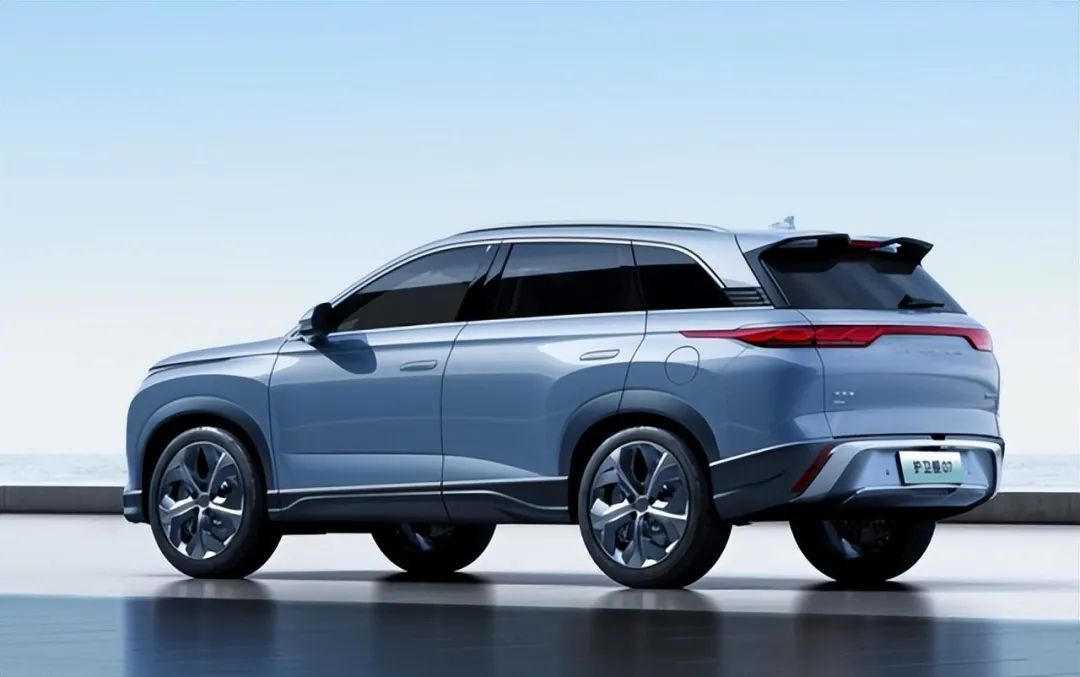 The benefit this brings to BYD is a soaring stock price and performance. In June this year, BYD’s stock price reached a historic high of 358.75 yuan per share and the total market value briefly exceeded one trillion, making it one of the hottest A-shares.
The benefit this brings to BYD is a soaring stock price and performance. In June this year, BYD’s stock price reached a historic high of 358.75 yuan per share and the total market value briefly exceeded one trillion, making it one of the hottest A-shares.
The first three quarters of this year are also the most profitable period for BYD. According to the earnings forecast released by BYD on October 17, the company is expected to achieve a net profit of RMB 9.1-9.5 billion attributable to its parent in the first three quarters of this year, a year-on-year increase of 272%-289%, surpassing the sum of the profits of the first three years of BYD. Its non-GAAP net profit has exceeded RMB 8 billion, more than three times that of the same period last year.
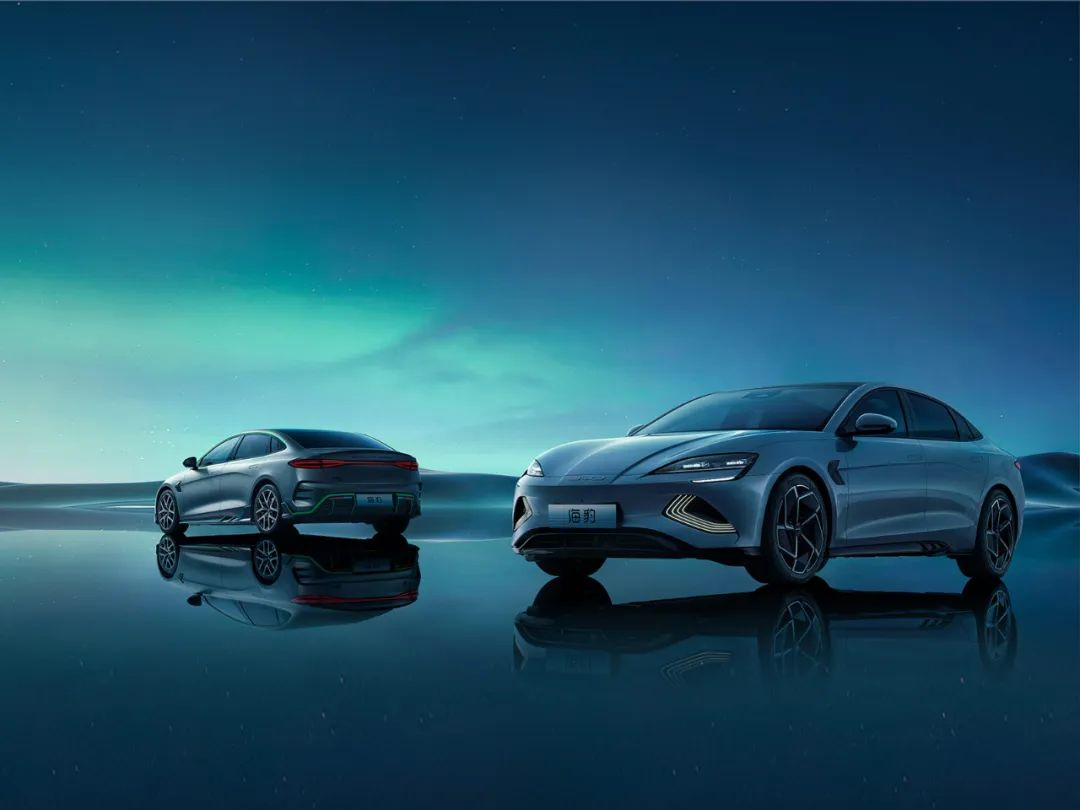
Today, BYD is unparalleled in China’s new energy vehicle market, to the extent that former Tesla board member Wesley has to admit that BYD has become a threat to Tesla.
However, Musk has previously stated on several occasions that he looks down on BYD’s car-making technology. For example, in an interview in 2011, Musk disdainfully dismissed BYD as a competitor and ridiculed its car design and quality. But today’s BYD is vastly different, and Musk’s view of it may be quietly changing.
Challenge and Competition
In 2022, while the sales of most car companies are declining, BYD’s sales are soaring. It makes people wonder what BYD can do to achieve this.
Looking back at BYD’s development history, we can see that there are two main reasons: one is that BYD’s product strength has improved rapidly, and its products have gradually gained market recognition; the other is that BYD has a relatively complete supply chain system, which to a certain extent guarantees the stability of product production after the outbreak of the pandemic.In 2003, BYD acquired Qinchi Automobile to expand its main business from the consumer battery industry to the whole vehicle industry. When entering the industry, BYD began to develop new energy vehicles and launched the world’s first mass-produced plug-in hybrid vehicle, F3DM, in 2008. Therefore, it can be said that BYD has a strong technical accumulation in the new energy vehicle industry.

In recent years, the domestic new energy vehicle market has risen rapidly, and dozens of new car-making forces such as WmAuto and others have flocked to the market. Traditional car companies such as Guangzhou Automobile Group, SAIC Motor, Dongfeng Motor, and Geely have also begun to focus on new energy. However, due to the late start, their technology accumulation is much less than that of BYD.
Especially when the penetration rate of new energy vehicles exceeds 10% and enters a rapid growth period, more and more consumers realize that new energy is the trend and gradually accept new energy vehicles.
At this point, BYD’s relatively mature technological advantages have also been recognized. With the release of blade batteries, the fourth-generation DM hybrid technology, and the e-platform 3.0 technology, BYD has become the best choice in the mid-to-low-end new energy vehicle market.
Another important reason is that under the influence of the epidemic, the global automotive industry chain has been severely affected. The supply of core components represented by chips and power batteries has caused a lot of car companies to reduce production. However, BYD has the R&D and production capabilities of a considerable proportion of components such as chips and power batteries, which largely guarantees BYD’s production capacity under the epidemic.
At an industry summit held in August 2022, Li Yunfei, the General Manager of BYD Automotive Brand and Public Relations Department, commented on BYD’s market performance this year, stating, “In my opinion, there are three main reasons: first, luck; second, strategy; and third, method.”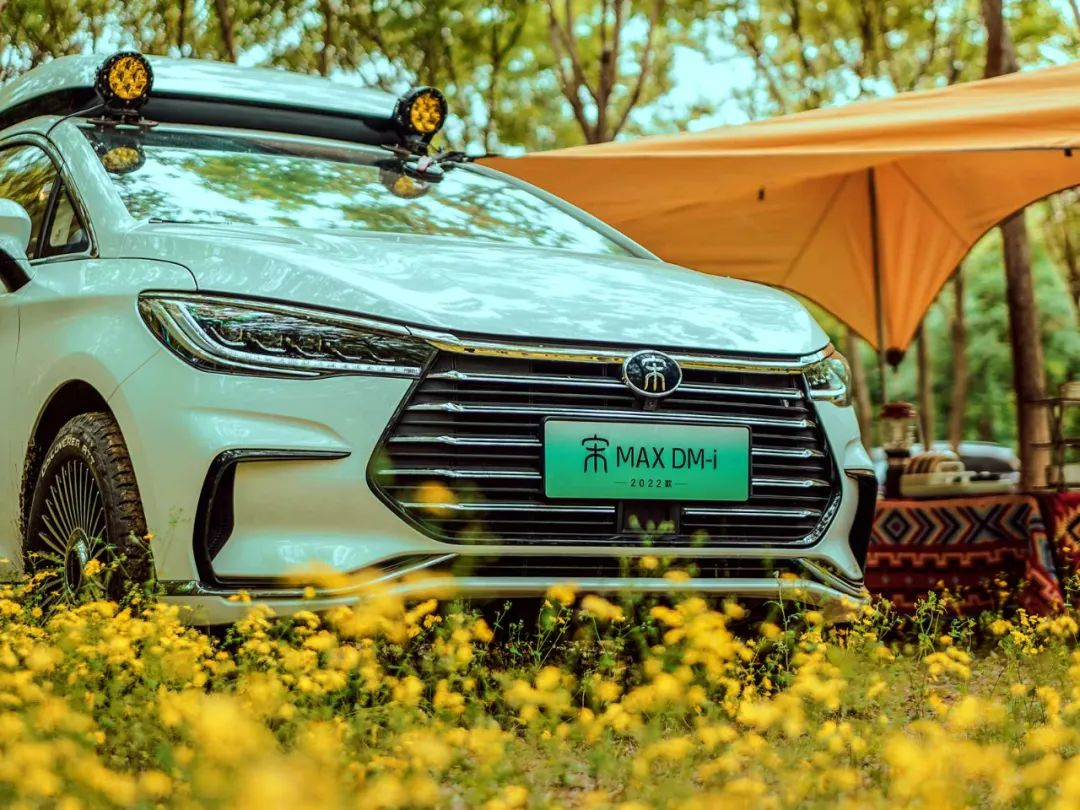
The so-called luck is that BYD seized the opportunity of the rise of the new energy vehicle market. The so-called strategy refers to the fact that BYD has made many layouts in the upstream supply chain from the beginning, which has become a major competitive advantage of BYD in the special market environment affected by the pandemic. The method refers to the efforts made by BYD in brand building, including updating the logo, upgrading the product system, improving the customer experience and perception from sales and after-sales, and reshaping the user image.
Someone once said, “Even a pig can fly when standing on the wind.” Although it may be exaggerated, it is an indisputable fact that people who are prepared will surely take off when standing on the wind.
How long can it last?
The competition in the new energy industry is becoming increasingly fierce, which is almost an indisputable fact.
How long BYD can last not only depends on how long the wind will blow, but also on how deep and strong its accumulation is, how fast its strength will grow, and how quickly its competitors will catch up. Under the influence of multiple factors, how long can BYD really last?
Li Yunfei said at the forum mentioned above: “According to our observations and judgments, this trend is definitely not just for one or two years, but at least five years in the future, will be a big trend.” This is obvious, after all, China’s new energy vehicle market has just entered the outbreak period, while the wider global new energy vehicle market in Europe and America is still on the eve of the outbreak. Therefore, BYD’s development strategy in the coming years is especially important.
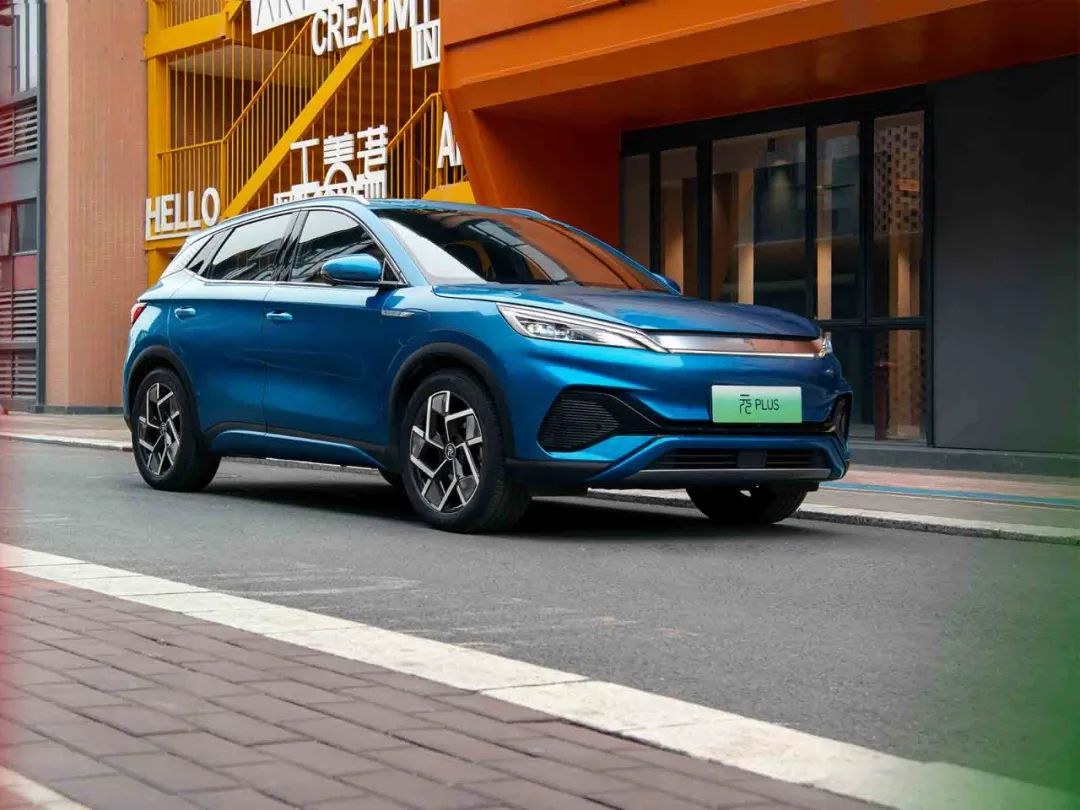 In April of this year, BYD announced the cessation of production of fuel cars, sending a signal of complete transformation. At the same time, with sustained increases in sales, BYD has accelerated the exploration of overseas markets. This may be a development strategy that BYD has planned for a long time, but the timing of going global may also be advanced along with the surge in sales, as there is no better time than now.
In April of this year, BYD announced the cessation of production of fuel cars, sending a signal of complete transformation. At the same time, with sustained increases in sales, BYD has accelerated the exploration of overseas markets. This may be a development strategy that BYD has planned for a long time, but the timing of going global may also be advanced along with the surge in sales, as there is no better time than now.
In the second half of this year, BYD announced its entry into overseas markets, including Japan, Thailand, Malaysia, India, and many other regions. Prior to this, BYD had already entered multiple markets, including Europe, South America, and others.
In July, BYD announced its official entry into the Japanese passenger car market. BYD entering the Japanese market has been seen by some domestic media as a “catfish” that will disrupt Japan’s new energy market and speed up Japan’s slow electrification process.
In fact, in China, the “new joint venture” event between BYD and Toyota has already caused a sensation. At the end of 2021, there were media reports that Toyota is planning to cooperate with BYD to launch a small all-electric car for the Chinese market by the end of 2022. The design, development, and manufacturing of this car will be done by BYD, and it will be equipped with BYD’s LFP “blade battery,” and the Toyota logo will be used in the end. It is understood that this car is the second all-electric model of the Toyota bZ series.
This event is seen by the outside world as a landmark event that marks China’s automobile industry transitioning from market-driven technology to independently exporting technology, and its significance is self-evident.
 # BYD is on Fire
# BYD is on Fire
BYD has become really popular recently. The company wants to spread this popularity overseas, but the question is whether the overseas market will accept the BYD brand like Chinese consumers do. In addition, in both domestic and overseas markets, various forces are forming a real competition. For BYD, which is currently leading the way like a “fast fish,” how to maintain its speed is also a big problem. This fire will eventually go out, and what the outside world values most is how long BYD can maintain its position, which is the true embodiment of a company’s strength.
This article is a translation by ChatGPT of a Chinese report from 42HOW. If you have any questions about it, please email bd@42how.com.
